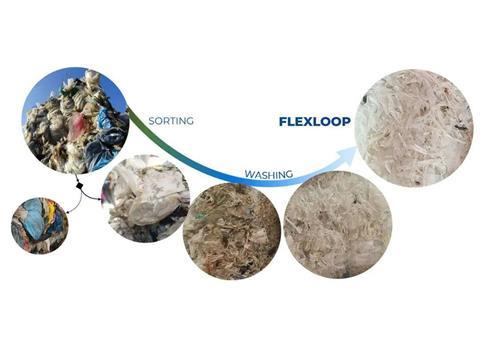
Procter & Gamble and Lindner have launched a revolutionary new recycling technology that uses a solvent-based extraction process to remove impurities, odours, adhesives and printing inks from used plastic packs.
The purity level achieved by the technology, Flexloop, could open up new application options, allowing post-consumer recyclate to be used for sensitive packaging in the cosmetic and personal care sectors.
The origins of this development go back to the last K show, where first discussions were held between Lindner and Procter & Gamble. Eventually, Lindner obtained exclusive licensing rights to the technology developed by Procter & Gamble, with the mutually agreed goal of establishing an industrially scalable recycling process.
“We have always wanted to advance mechanical recycling,” said Michael Lackner, CEO of Lindner Group. “For us, Flexloop is a logical and necessary development in mechanical recycling and an extension of cold and hot washing.”
Lee Ellen Drechsler, Senior Vice President of R&D at P&G, added: “We can foresee a growing demand for high-quality recycled resin that is suitable for a wide range of flexible film applications, so we are excited for the introduction of Flexloop, an innovation our researchers developed as an option for upcycling a wide range of plastic materials through mechanical solvent extraction.
“The licence of this plastic-to-plastic cleaning technology to Lindner is consistent with our corporate commitment to bring to scale technologies that can help address significant environmental challenges including the reduction of plastic waste and achieving a circular economy for materials.”
“The difficulty of obtaining high-quality, clean recyclate is a particular problem when handling post-consumer waste and for mixed plastics from domestic and commercial collections,” adds Yannick Stanau, Business Development Manager at Lindner Washtec.
“During collection, plastics of all different types and origins are mixed together, and they can absorb substances that you wouldn’t expect to find in this material. For example, food packaging could come into direct contact during collection with packaging that was not originally intended for food – NIAS can diffuse into the polymer and be transferred.
“With Flexloop, we have found a solution for this problem. It can be viewed as an extension of the mechanical recycling process. The additional solvent-based cleaning step makes it possible to extract NIAS, odours, adhesives and printing inks out of polymers, without attacking their structure. Recyclates obtained this way not only comply with legal requirements, they also meet the often much stricter specifications of many brand manufacturers.”
Gian De Belder, Technical Director, Packaging Sustainability at P&G, pointed out that Flexloop was particularly important for a wide range of feedstocks, specifically packaging and agricultural films.
“The technology allows us to get a step closer to make film packaging fully circular by closing the loop, for example by producing high-quality rPE film grades that can safely be used in a new generation of film packaging aimed at sensitive packaging applications.”
If you liked this story, you might also enjoy:
The ultimate guide to the Packaging and Packaging Waste Regulation in 2025
How are the top brands progressing on packaging sustainability?
Everything you need to know about global packaging sustainability regulation in 2025
The key to increasing the use of reusable packaging in supermarkets

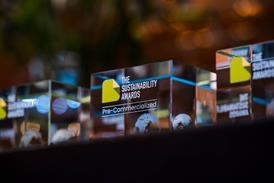

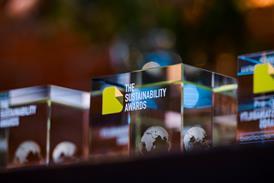
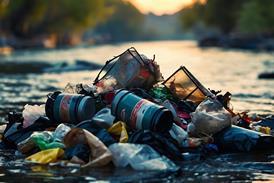
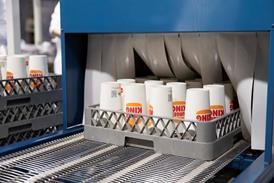















No comments yet